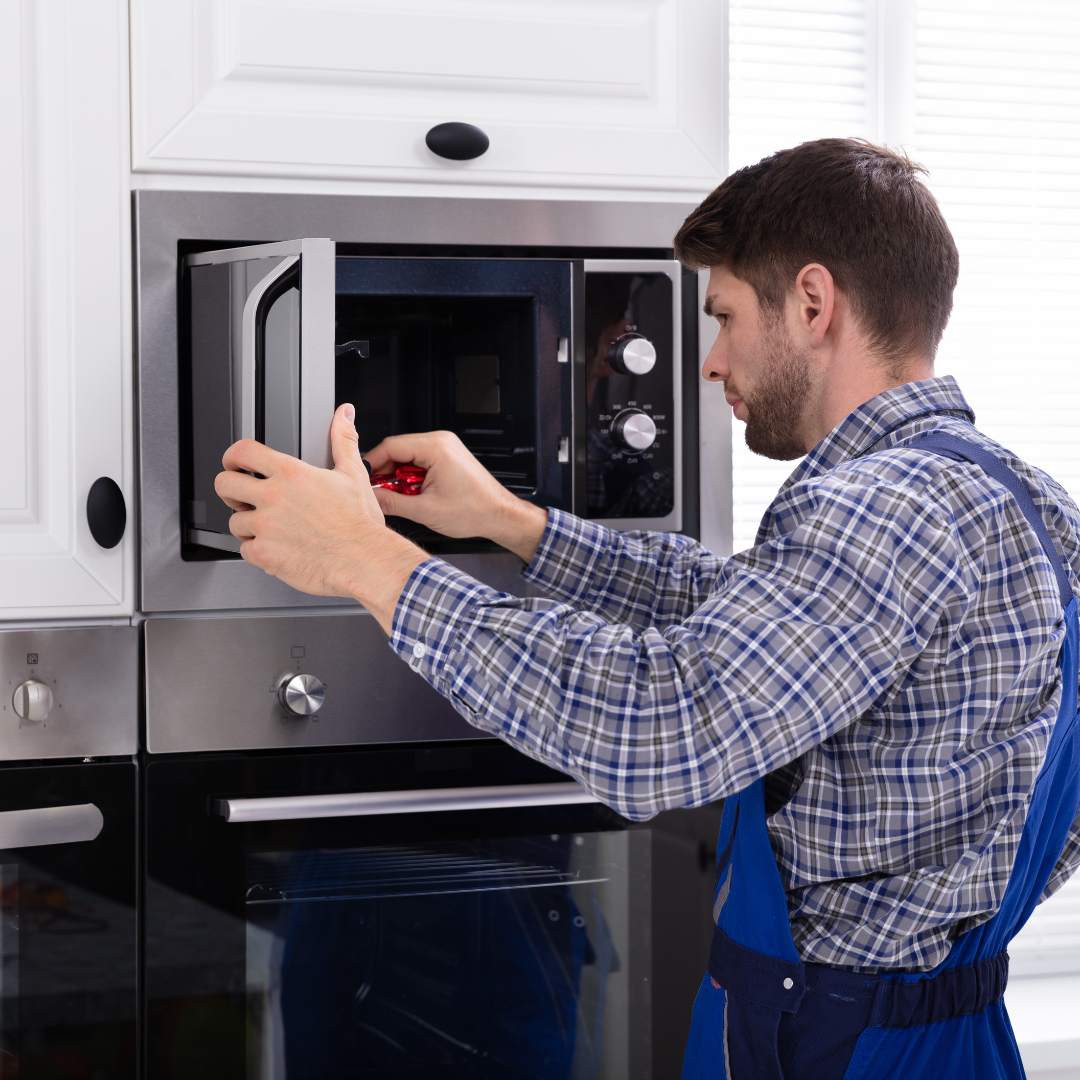When your oven breaks down, it can disrupt your entire kitchen routine, turning meal preparations into a stressful task. However, understanding the basics of oven repair can not only save you time and money but also extend your appliance’s lifespan. Let’s delve into some effective strategies that can help you address common oven issues without immediately resorting to professional help.
Identifying Common Issues: The first step in effective oven repair is identifying the problem. Common issues include:
- The oven not heating to the right temperature.
- The oven not heating at all.
- The broiler not working.
- The oven not baking or the cooker burning food. By recognizing what’s wrong, you can determine whether it’s a problem you can tackle yourself or if you need professional assistance.
Refer to the Owner’s Manual: Your oven’s owner’s manual is a valuable resource. It contains troubleshooting guides that cover common problems specific to your model. By following these guides, you can understand the issue better and perhaps fix minor problems without needing to call a technician.
Reset or Replace Fuses and Electrical Components: Sometimes, the problem is as simple as a tripped fuse or a flawed electrical connection. Make sure your oven is connected properly and getting power. Check your main electrical panel to see if the circuit breaker has tripped or if a fuse has blown. Reset the breaker or replace the fuse if necessary and see if that resolves the issue.
Cleaning and Maintenance: Regular cleaning and maintenance can prevent many common oven problems. Accumulated grease or food particles can obstruct heat distribution, affect the performance of heating elements, and even cause fires. Clean your oven regularly according to the manufacturer’s instructions and check components like seals, gaskets, and heating elements for wear or damage.
Replace Faulty Elements: Some parts, like the heating element or temperature sensor, are relatively easy and inexpensive to replace. If you’ve identified one of these as the source of your problem, consider ordering a replacement part and installing it yourself. There are numerous tutorials available online that can guide you through these simple repairs.
When to Seek Professional Help: If you’re unable to identify the issue, the problem is beyond a simple fix, or you’re uncomfortable performing the repair yourself, it’s time to call a professional. Attempting complex repairs without the proper knowledge or tools can potentially lead to more significant issues or safety risks.
Understanding basic oven repair can be a time and money saver, providing you with quick solutions to common problems. Regular maintenance, proper cleaning, and the ability to perform minor repairs can significantly enhance your oven’s efficiency and longevity. However, it’s crucial to recognize when a problem requires professional skills to avoid complicating the issue. By adopting these effective strategies, you maintain your oven’s optimal performance while ensuring a functional and stress-free kitchen environment.
5 Common Issues in Oven Repair: DIY Fixes and When to Call a Professional

